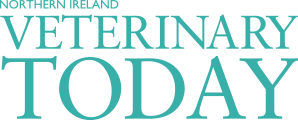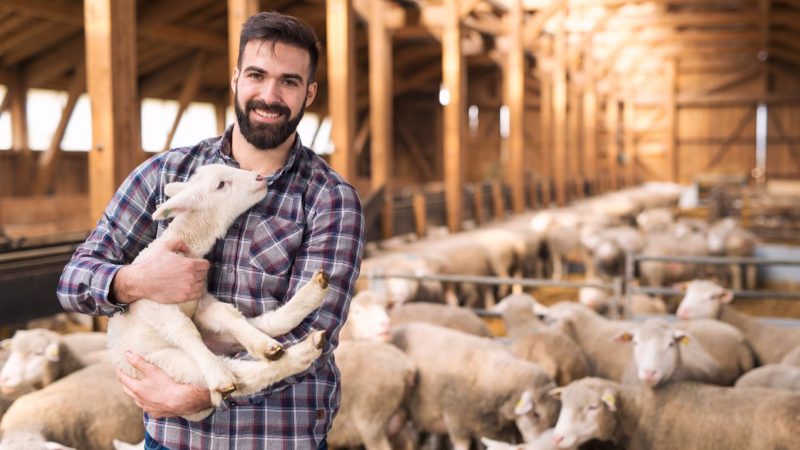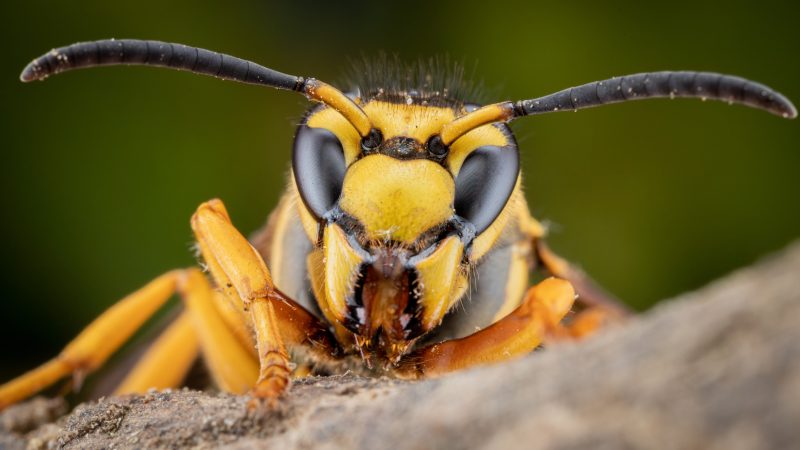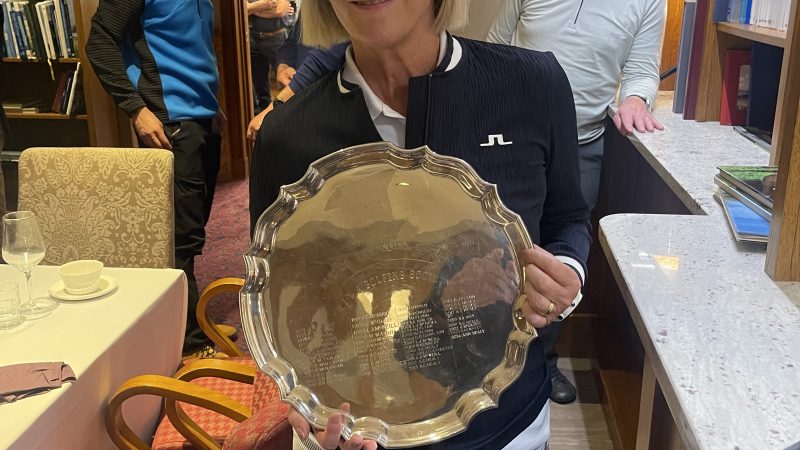BSAVA Congress – A Review of the Three Days

A Day-by-Day Overview of BSAVA Congress from 21st to 23rd March 2025
BSAVA Congress and Expo 2025
DAY 1 – Contextualised care, parasiticides and career development take centre stage at
BSAVA Congress and Expo 2025 kicked off at Manchester Central ON Friday 21st March, with delegates flocking there for three days of CPD, networking and connecting.
Day one began with a session on Contextualised Care, looking into the role of collaborative care and the use of the whole team, particularly vet nurses and receptionists. Delegates suggested that the sector has been very good at “moving from paternalistic care to informative care”, with Paul Higgs, Chief Veterinary Officer at CVS, noting that it’s important to find out what matters to a client, and “closing the loop between doing it, and demonstrating that we’ve done it.”
Audience Survey
An audience survey also identified peer pressure, fear of colleague judgement, graduate experience, knowledge of history/continuity of care, lack of societal understanding and clients changing their mind, all as key barriers to contextualised care. With recent events such as the CMA review, there’s notably been a damage of trust between clients and vets, but also with vets and clients, with a need to address this across the profession.
Hot Topic
Another hot topic is sustainable use of parasiticides, with Andrew Prentis, Veterinary Surgeon and Visiting Fellow at the Imperial College London arguing that mass advertising of parasiticides to pet owners is inappropriate, during a session on safe, smart and sustainable prescribing.
Rose Perkins, Veterinary Surgeon and researcher at the University of Sussex, highlighted the growing evidence on the widespread environmental impact of pet parasiticides. Yet while both the RCVS Practice Standards Scheme and the joint policy position on the responsible use of parasiticides to which the BSAVA contributed, both state that a blanket approach to parasiticide treatment should not be taken, 37% of pet owners are subscribed to pet health plans, which typically include regular parasite treatments.
Five actions
Andrew Prentis suggested five actions for safe, smart sustainable prescribing, including the stopping of distributing parasiticides to animals that don’t have parasites, developing monthly subscription schemes that don’t involve blanket treatment, and stopping using topical parasiticides.
However, Francine Fernandez from the Veterinary Medicines Directorate, emphasised the importance of a thorough risk assessment to balance environmental concerns with the need for effective parasite control in small animals, and fully understanding how changing any product usage could affect both animal and human health.
Human Factors
As part of the personal development module, Sophie Gilbert, a Veterinary Surgeon specialising in ECC, explained that understanding Human Factors and how the whole team can support each other with under stress, is the key to managing emergencies successfully.
Stevie-Leigh Egerton, Clinical Nursing Manager, emphasised the importance of preparation to reduce stress, help decision making, save time and improve patient outcomes. Difficult team dynamics can lead to medical errors, delayed treatments and incivility, which all significantly affect the outcome for patients.
Career Progression
A big theme from the ‘Career Progression for Veterinary Nurses’ session was imposter syndrome. It’s felt to be more prevalent in nurses than vets, with talks that the culture is now changing to value the knowledge and experience of nurses, and conversations between nurses and vets can help establish strengths and weaknesses and help each other out.
Further to this, Jack Peploe from Veterinary IT Services, gave insights on how to gain more time day-to-day by improving practice efficiencies. Systems that integrate payment processing directly with the practice’s management software and tools that can generate draft responses to emails can be huge time savers, as well as digitising managing and storing medical images, and a system of managing routine post-op checks. Transcription services are evolving, he said, and some can also send emails too. All of these tools let vets focus on patient care rather than admin tasks.
BSAVA Congress and Expo 2025 also held sessions on the CMA review, One Health, AI in Veterinary Care, and how to master difficult conversations.
Day 2
CMA review, veterinary medicine on a budget and One Health in the spotlight for day two of BSAVA Congress and Expo 2025
Day two of BSAVA Congress and Expo 2025 started with an interactive workshop on ‘Veterinary Medicine on a Budget’.
Led by Caroline Allen, Roland Sabin and Rob Campbell (representing the RSPCA, IVC Evidensia and University of Liverpool respectively), attendees engaged in a productive discussion around theoretically treatable presentations commonly seen in practice, but with mitigating circumstances that meant textbook care would not be possible.
Understanding owner expectations and clear communication came up as recurring themes, with 83% of the room stating they were very or moderately comfortable talking with clients about budget, but only 35% would talk about this with the client on a regular basis. The room split as to how treatment options would be discussed, with 33% preferring to offer a single firm option, and 66% preferring a full list of possibilities.
Discussions on budgets and client communications continued as the theme of the day, with a session on the CMA review of veterinary services with speaker Martin Coleman giving delegates the latest updates on the review and what we can all expect over the coming months.
Mr Coleman’s engaging summary of the CMA’s work so far and intentions moving forward focused on the fact that the professionalism of individual vets was not in doubt. He praised the caring and highly skilled nature of vets and was pleased to say that all of his work with the CMA enquiry has only confirmed this.
It is important to note that the CMA is responding to owner’s existing concerns rather than actively creating discontent, and the hope is that they can be part of the solution to improving confidence in veterinary practices. 78% of owners in the CMA’s own research considered their animal’s health to be as important as that of a family member and so any changes must reflect this.
He was keen to point out that there are not even provisional conclusions yet as to what recommendations may be made, and that the CMA must proceed with caution given the complexity of the veterinary industry, especially as a public service responsible for animal welfare.
Questions from a diverse audience followed, addressed to a panel involving representatives from BSAVA, the RCVS, CVS, SPVS and Moore Scarrott Veterinary Accountants. Paul Higgs, Chief Veterinary Officer of CVS encouraged delegates to see this as an opportunity for learning and development across the sector, especially as an industry where clinically we are accustomed to continuous improvement. BSAVA President Julian Hoad summarised it succinctly as “Good is where clients and vets both feel happy talking about prices”.
In a symposium on One Health, the key message was that vets are the “eyes and ears” of new and emerging diseases, with small animal vets asked to “put on the veterinary public health hat” to support disease surveillance. With 75% of emerging infectious human diseases originating from animals, and the potential impact of zoonotic diseases on public and animal health, economy and trade, speakers emphasised the role that vets can play in supporting surveillance programmes, for example, by submitting parasites to the free exotic worm identification programme run by the APHA.
On zoonotic exotic worms and worm-like parasites, Ian Wright, specialist in veterinary parasitology and Chair of ESCCAP highlighted Echnicococcus multilocularis – which has high zoonotic risk and likelihood of establishment – and tick-borne encephalitis virus which is already confirmed endemic in two locations in the UK.
In another session, the dog tapeworm Echinococcus granulosus, long believed to have only been present in hotspots in mid-south Wales and western Scotland, is now being found in other areas of the UK for the first time, according to new data.
Research by Marisol Collins from Liverpool Vet School found cases of the tapeworm in northern England and Northern Ireland and also confirms a re-emergence in south Wales. The severity of Hydatid disease in humans was highlighted by Laura Nabarro, a doctor from the Hospital for Tropical Diseases, who explained that five UK-acquired human cases were treated in 2024, an increase from just two cases between 2006-2016.
Speaking about the importance of controlling Echinococcus granulosus in dogs, Ian Wright emphasised the role of regular de-worming of high-risk dogs – those that have access to fallen livestock, are off lead in pasture or eat offal or raw food.
BSAVA Congress and Expo 2025 concludes tomorrow, with sessions on neurology on a smartphone, the latest on Schedule 3 and future trends in small animal nutrition.
Day 3
Small animal nutrition, neurology on a smartphone and Schedule 3 wrap up day three of BSAVA Congress and Expo 2025
Excitement for the future but the need for more information were the key themes of Saturday morning’s symposium on trends in small animal nutrition at BSAVA Congress and Expo 2025.
Delegates listened with great interest to the insights provided by internationally renowned nutrition consultant Marge Chandler and Genever Morgan, who has contributed greatly to the knowledge base on the persistent trend for raw feeding through her work at the University of Liverpool.
An initial poll showed 52% of delegates relied on personal experience for information on nutrition and 46% would turn to the internet. It was accepted that the current trend of feeding raw meat-based diets (RMBD) will not be going away any time soon, and whilst only 7% of UK dogs are fed this type of diet according to the PDSA PAW Report 2022, this still equates to nearly 800,000 animals. Genever Morgan’s research has repeatedly shown the presence of multi-drug resistant E. coli within RMBD, but also various Salmonella species, which given the zero-tolerance policy for this organism under UK law, is very concerning.
The “opposite to raw” was then explored in the growing trend of alternative protein diets. Ethical concerns over the welfare of farmed animals and the contribution of this to the ‘global CO2 pawprint’ are leading many pet owners and those within the industry to consider what else can be done, with insect proteins and lab-grown proteins being the main types considered today.
The session concluded with the key point that the future of small animal nutrition is ever changing, and trends will always form a part of this, but maintaining a commitment to interrogating high quality data is the best route to animal and human health going forward.
In a session focused on neurology on a smartphone, Mark Lowrie, Director of Movement Referrals, explained the value of asking clients to video their pets having seizures, to capture neurological events and achieve an accurate diagnosis.
Using real case examples, Mark showcased how videos can give more detailed and accurate information than an owner description of the event, which can avoid running unnecessary diagnostic tests, allowing vets to, for example, differentiate between generalised and focal fits, and between faints and neurological collapse. This is particularly useful for episodic conditions and patients appear normal when presented to you in clinic.
Focusing on cats, Laurent Garosi from Vet Oracle Technology highlighted how useful videos are for diagnosing feline seizures, when a clinical examination of the cat is often not possible, but critical information can be extracted from the video as you would in an exam.
Up for discussion this afternoon was the current and future capabilities of what nurses can and cannot do under Schedule 3 of the Veterinary Surgeons Act, creating some of the liveliest debate seen all day.
Many vets and vet nurses remain unclear about what is allowed, but the general consensus of all parties in the room (vets, nurses and representative bodies alike) was that nurses should be allowed to more fully exercise their abilities as highly skilled professionals.
Andy Green, Chair of the BSAVA Congress Committee and Director of Pennard Vets described the issues around Schedule 3 as being “fundamentally a cultural conundrum”, where so many practices are stuck in the ‘busy trap’ where only the person who can do things fastest is the one who gets to do it.
Many nurses feel frustrated with having to prove again and again to new vets coming in that they are capable, something that clearly visible skills matrices were suggested as a solution to. Having intentional and consistent opportunities for nurses to be allowed to learn and practice new skills are essential, and one attendee reported how additional training had greatly increased confidence from her veterinary team in what she was now routinely delegated to do.
Chair Matthew Rendle RVN reminded the room that nurses can give as much guidance to veterinary surgeons as they like, but final decisions legally lie with vets because they have overall governance. The frustration with this current legal framework was voiced by panel member Belinda Andrews-Jones, as “if a human nurse can do it, why can’t we?” There was much appetite within the room for advanced practitioner pathways to be made more widely available to nurses under any future legislation, as is widely now available within the NHS and readily accepted by the public.
The question over whether the public would accept paying the same for procedures performed by nurses created a sense of general indignation in the room, arguing that it is the skill of the procedure performed that matters and not the person who does it; for example, a new graduate vet is not charging less than the practice owner. One delegate reported that her practice had had to reduce nurse procedure prices to create a caseload, whereas others reported that suitable phrasing on consent forms was enough to circumvent this issue.
Overall, it was great session that left all delegates feeling a common sense of pride and confidence in the abilities of veterinary nurses.





